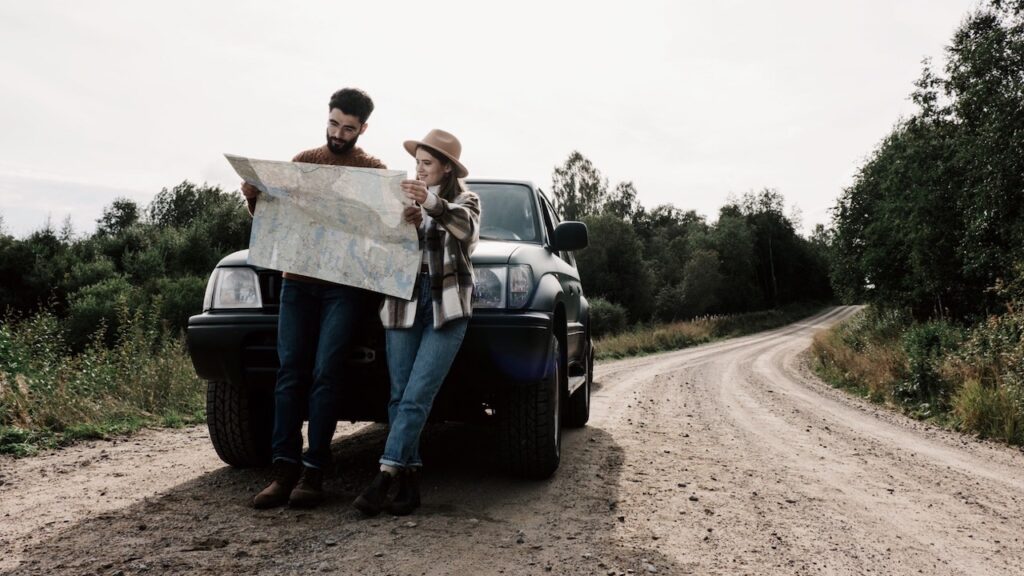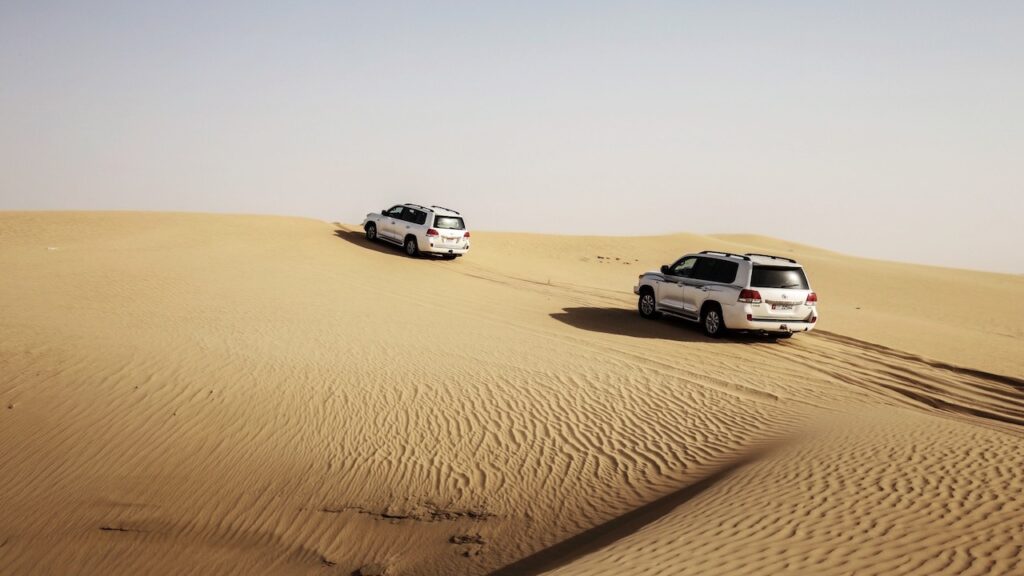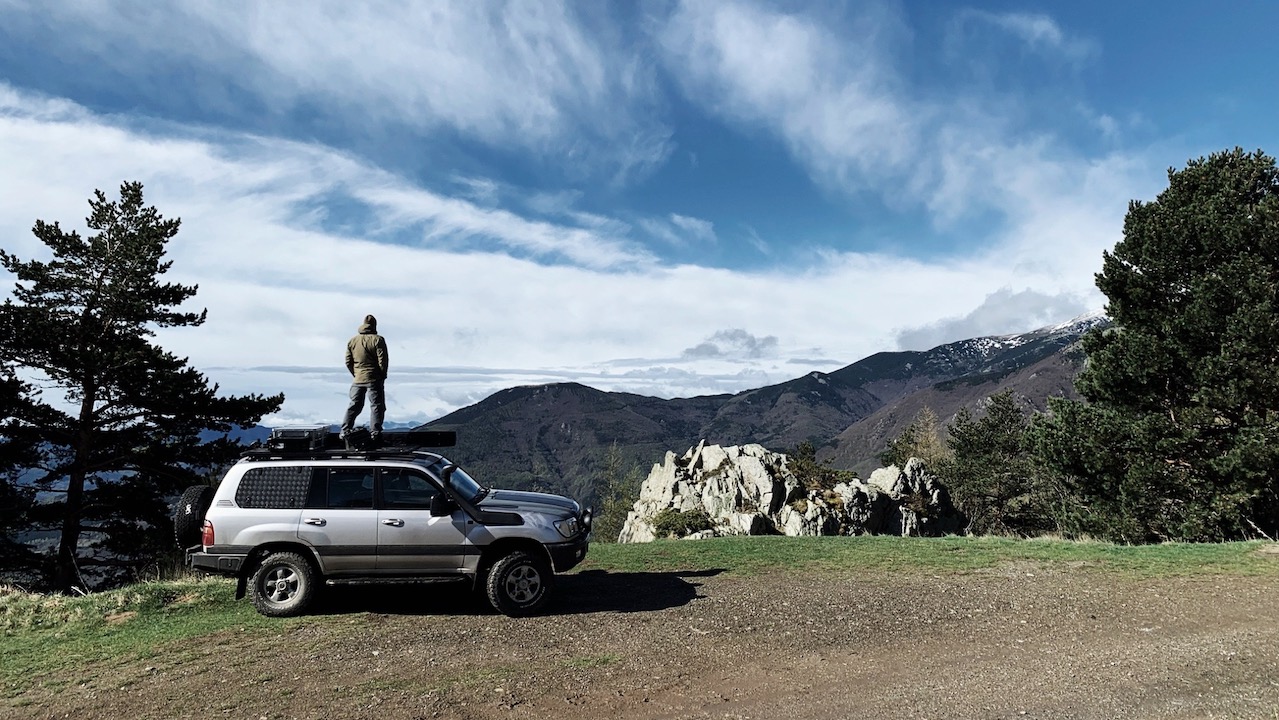Overlanding is an exciting and adventurous way to explore the world, but before you hit the road, you should define your overlanding goals and preferences. Choosing the right vehicle for your overlanding adventure will be one of the most important decisions you’ll make. Your trip length, group size, and preferred terrain are just a few of the factors that will influence the type of vehicle you should select. In this blog post, we’ll go over how to define your overlanding goals and preferences, as well as how to choose the best vehicle for your adventure. Whether you’re a seasoned overlander or a first-timer, this guide will help you make an informed decision and ensure that your journey is comfortable, safe, and enjoyable.
Here are some factors to consider when defining your goals and preferences:
Trip Length

The length of your overlanding trip is an important consideration when selecting a vehicle. If you’re going on a long trip, you’ll want a vehicle that’s comfortable and has amenities that make living on the road more feasible. This may include things like a bed, a kitchen, a bathroom, and a shower.
For longer journeys, you should also consider fuel efficiency. A vehicle with good gas mileage can help you save money on fuel costs over the course of a long journey. This is especially important if you’re traveling to remote areas where gas stations are scarce.
If you’re only planning a short trip, you may not require as many amenities or as much space. You might be able to get by with a smaller, less expensive vehicle that gets better gas mileage.
It’s also important to think about the terrain you’ll be driving on during your journey. You’ll want a vehicle with good ground clearance and off-road capabilities if you’ll be driving off-road frequently. However, if you intend to travel on paved roads, you may not require these features.
Finally, the length of your overlanding trip will influence the type of vehicle you select. If you’re going on a longer trip, you’ll want a vehicle that is comfortable and has the amenities you’ll need for a long time. If you’re only going for a short distance, you might be able to get by with a smaller, less expensive vehicle that gets better gas mileage.
Group Size
The size of your travel party is an important consideration when selecting an overlanding vehicle. If you’re traveling with friends or family, make sure there’s enough room for everyone to ride comfortably and enough space for everyone’s gear.
A camper van or RV, which typically has ample living space and can accommodate several passengers, is an option for larger groups. These vehicles frequently include a kitchen, bathroom, and sleeping areas, making them an excellent choice for groups that plan to spend a significant amount of time on the road.
A rooftop tent or trailer is another option for larger groups. These can be attached to the top or back of an SUV or truck to provide additional sleeping space while preserving passenger seating. It should be noted, however, that these options may not be as comfortable or convenient as a camper van or RV.
A smaller vehicle may be sufficient if you are traveling with only one or two other people. However, it is still critical to ensure that there is enough space for everyone to ride comfortably and for gear.
It’s also important to consider the terrain you’ll be driving on during your trip. You’ll want a vehicle with good ground clearance and off-road capabilities if you’ll be driving off-road frequently. However, if you intend to travel on paved roads, you may not require these features as much.
Finally, the size of your travel party will influence the type of vehicle you select. If you’re traveling with a larger group, make sure there’s enough room for everyone and their belongings. A smaller vehicle may be sufficient if you are traveling with only one or two other people. Regardless of group size, selecting a vehicle that is comfortable and reliable for your overlanding adventure is critical.
Preferred Terrain

When selecting a vehicle for your adventure, based on your overlanding goals and preferences, consider the terrain you’ll be driving on. Different vehicles are designed for different types of terrain, so choose one that is appropriate for the terrain you will be driving on.
A standard SUV or truck may suffice if you’ll be driving on paved roads. These vehicles typically have better handling and maneuverability on paved roads and are more fuel-efficient than off-road vehicles.
If you plan on driving off-road frequently, you’ll need a vehicle with good ground clearance and off-road capabilities. A 4×4 SUV or truck, or a specialized off-road vehicle like a Jeep or Land Rover, could fit the bill. These vehicles are built to handle rough terrain and include features such as skid plates, locking differentials, and advanced suspension systems to assist you in navigating rocky or uneven terrain.
If you intend to drive on snow or ice, you should consider a vehicle with all-wheel or four-wheel drive. These vehicles have better traction and handling on slick surfaces, making them an excellent choice for winter overlanding excursions.
When selecting a vehicle for overlanding on specific terrains, you should also consider the size and weight of your vehicle. A large, heavy vehicle, for example, may not be the best choice for driving on narrow, winding mountain roads.
Finally, the terrain you’ll be driving on will influence the vehicle you choose. You’ll want a vehicle with good ground clearance and off-road capabilities if you’ll be driving off-road frequently. If you plan to stay on paved roads, a standard SUV or truck may suffice. Regardless of the terrain, it is critical to select a vehicle that is dependable and capable of handling the conditions you will encounter during your overlanding adventure.
Comfort
When selecting an overlanding vehicle, consider comfort, especially if you intend to spend a lot of time on the road. A comfortable vehicle can help you stay alert and focused on the road, making long drives more enjoyable.
Consider seating, interior space, and amenities when considering comfort. If you’re traveling with a group, make sure there’s enough room for everyone to sit comfortably and enough storage space for gear.
Air conditioning, heating, and a good sound system can also make a significant difference in your level of comfort. Some overlanding vehicles include a variety of amenities such as kitchenettes, bathrooms, and sleeping areas. While these features may increase the price of the vehicle, they will make your overlanding trip more comfortable and convenient.
It’s also worth thinking about the vehicle’s seats. Some off-road vehicles include seats designed for off-road use, with extra padding and support to help absorb bumps and vibrations. These seats, especially on rough terrain, can be more comfortable than standard vehicle seats.
Finally, the level of comfort you require will be determined by your personal preferences as well as the duration of your trip. If you intend to spend a significant amount of time on the road, a more comfortable vehicle may be worthwhile. If you’re only going on a short overlanding trip, a standard SUV or truck may suffice. Whatever vehicle you select, make sure it is comfortable and reliable enough for your needs.
Budget
Budget is an important consideration when selecting an overlanding vehicle. The cost of an off-road vehicle can range from a few thousand dollars for a used SUV or truck to tens of thousands of dollars for a new, fully-equipped off-road vehicle.
Consider not only the initial purchase price of the vehicle, but also the ongoing maintenance and repair costs. Off-road vehicles may require more maintenance than standard vehicles, so keep these costs in mind when making your decision.
If you have a limited budget, consider looking for a used vehicle in good condition. You might be able to get a good deal on a vehicle that has already been modified for off-road use, which will save you time and money on modifications.
Alternatively, instead of purchasing an overland vehicle, you could consider renting one. This is a good option if you only intend to go on a short overlanding trip or if you want to test out different types of vehicles before making a purchase.
Finally, the type of overlanding vehicle you select will be heavily influenced by your budget. It’s critical to set a realistic budget and stick to it, while also selecting a vehicle that is reliable and capable of handling the terrain you’ll be driving on. You can find an overlanding vehicle that meets both your needs and your budget by doing your research and considering all of your options.
Conclusion
Finally, defining your overlanding goals and preferences is an important step in planning a successful overland adventure. Whether you’re a seasoned overlander or a novice, knowing what you want to get out of your trip and your personal preferences can make or break an enjoyable and fulfilling experience. Consider the factors we’ve discussed, such as your vehicle, route, budget, and desired level of comfort, and use this information to tailor your overlanding experience to your specific requirements. With the proper planning and mindset, you’ll have an unforgettable overland adventure that perfectly matches your goals and preferences. Overlanding is fun!
For an example of how to look at a vehicle and rate it against some of the outlined criteria:


